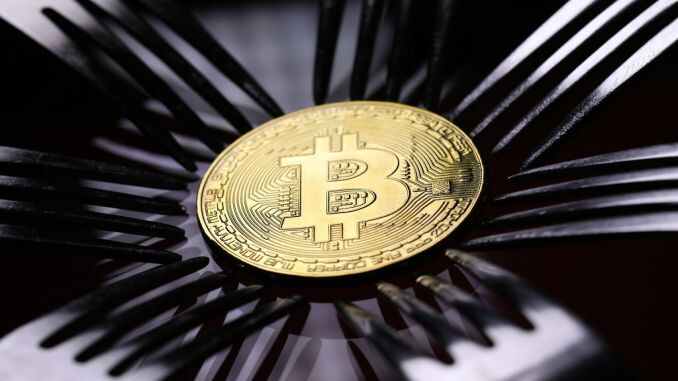The rise of stablecoins has emerged as a significant development in the cryptocurrency landscape, capturing the attention of investors, regulators, and financial institutions alike. Stablecoins are digital currencies designed to maintain a stable value by pegging them to a reserve of assets, typically fiat currencies like the dollar, or to other commodities. This characteristic distinguishes them from traditional cryptocurrencies, such as Bitcoin and Ethereum, which are known for their price volatility. The appeal of stablecoins lies in their ability to combine the benefits of digital currencies such as fast transactions and low fees with the stability of traditional currencies. This stability makes them particularly attractive for users looking to transact or store value without the risks associated with price fluctuations common in the crypto market. The growth of stablecoins has been propelled by the increasing demand for digital payments, especially in the context of decentralized finance.

DeFi platforms, which aim to recreate traditional financial services using blockchain technology, often rely on stablecoins as a means of exchange, collateral, and liquidity. Their stable value allows users to engage in lending, borrowing, and trading without the fear of sudden losses due to price swings. Furthermore, stablecoins are increasingly being adopted for cross-border transactions, enabling faster and cheaper transfers compared to traditional banking systems. This functionality is particularly valuable in regions with limited access to banking services, where individuals can leverage stablecoins to engage in global commerce. Despite their advantages, stablecoins also raise a number of concerns. Regulatory scrutiny has intensified as governments and financial authorities seek to understand the implications of these digital currencies for monetary policy and financial stability. One key issue is the transparency of the reserves backing stablecoins. Many issuers claim their tokens are fully backed by assets, but the lack of consistent auditing standards has led to questions about the true stability of these coins. Moreover, the rapid growth of stablecoins has the potential to disrupt traditional financial systems, posing challenges to central banks, which may feel pressured to respond by exploring their own digital currencies.
Central bank Cryptocurrency news are being considered by many nations as a way to retain control over monetary policy while providing a stable digital currency alternative to private stablecoins. The competitive landscape of stablecoins is also evolving, with various projects vying for market dominance. Some of the most well-known stablecoins include Tether, USD Coin, and DAI, each with distinct mechanisms and use cases. As adoption grows, innovation within the stablecoin sector is likely to continue, driven by technological advancements and changing consumer preferences. In conclusion, stablecoins represent a fascinating intersection of finance and technology, offering numerous benefits while also posing challenges that warrant careful consideration. As they gain traction in both mainstream and niche markets, understanding their role, functionality, and regulatory implications will be crucial for anyone looking to navigate the evolving landscape of digital currencies.